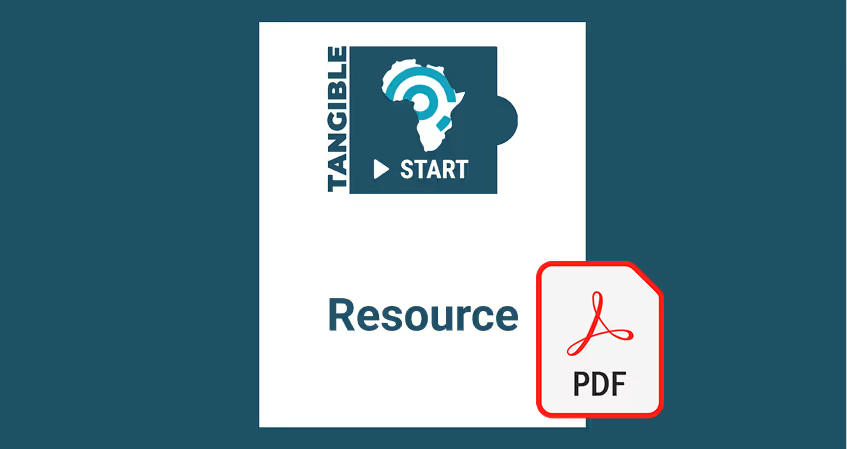Design Thinking
This hands-on course introduces learners to the world of innovation through the Design Thinking process. Using interactive lesson plans, a practical student workbook, and real-world challenges, students will identify problems in their communities, empathise with users, brainstorm solutions, prototype apps, and present their ideas. Designed for Grades 4 to 9, the course fosters collaboration, critical thinking, creativity, and communication while guiding students to build impactful, user-centred solutions step by step.
Resources

Course Outline Design Thinking
A detailed week-by-week course plan for teaching Design Thinking over eight weeks. It breaks down each week’s focus, from empathy and defining problems to testing and presenting solutions. Ideal for educators looking to implement a structured program.

Design Thinking Course Outline
A brief presentation outlining the structure of a Design Thinking course. It highlights key stages like problem identification, empathy, brainstorming, prototyping, and testing—suitable for introducing the course in a classroom or workshop.

Design Thinking Booklet Gr 4-9
A student workbook to accompany the lesson plans. It includes guided templates for learners to document their progress through each Design Thinking phase—like identifying problems, user research, app planning, and feedback reflection.

Design Thinking Lesson Plans Gr 4-9
A full teaching guide with 10 detailed, activity-based lesson plans designed for Grades 4 to 9. It walks learners through the entire Design Thinking process using a real-world app development challenge—from identifying problems to creating paper prototypes and reflecting on solutions.
Videos

Identify The Problem
In this first lesson, teachers will guide learners to think of their lives and all the problems they may encounter. Then they split them into groups to think of things they wish could be different in their country/world and what they worry about.

Identifying With Your User
Learners get into the mind of the user by looking through users eyes and considering their needs and what they would be attracted to. Teachers guide and challenge their thinking.

Let's Pick a Problem
This is the first step of their long-term project. Teachers put learners in small groups to choose a problem they identified in lesson 1, that could be solved using an app. They then identify and interview the possible users to get their perspective.

Define The Problem
The second step of the design thinking process is to define the problem and decide on the parameters for the solution. Teachers have learners look critically at their problem and define their problem further, as well as help them with setting the goals for their solution.

Brainstorming
Now that learners have a good idea of what their users will want, they can now brainstorm ideas on what they want their app to be able to do. At this stage, they can come up with lots of different solutions and ideas before they pick one

Market Research
In this lesson, learners look for apps that are currently out there, that are similar to what they want to develop. The teacher guides them to analyse it critically and see how their app can be different in some way. They also find and interview someone who fits their target audience and ask what they would be looking for in a similar app.

Plan
Teachers help learners to take their brainstorming and put it into a structured plan, deciding on what features it will have, how it will work and how information will be collected and processed.

Pitch Your Plan
Learners work with their team to create a pitch presentation they give to their class on their proposed plan. The class then has a chance to critically look at the app and ask questions about it.

Paper Prototype
Teachers guide learners through the process of creating a paper prototype of their app, showing the basic features and what it does. As they work they need to plan out the sequences and processes of the functions available

Test and Reflect
In this last step, learners share their paper prototype with others and allow them to ask questions and make comments. They then reflect on their design and make recommendations for improvements